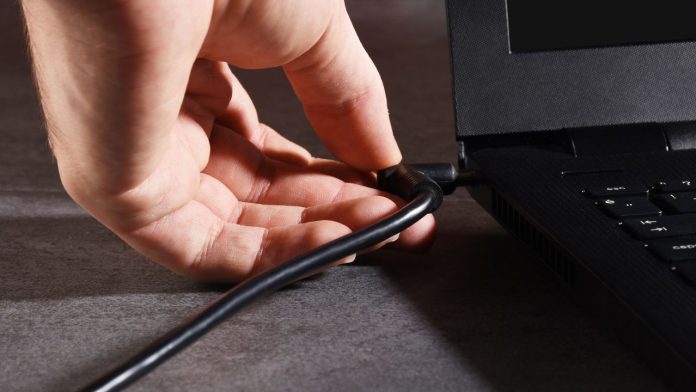Regardless of how long-lasting and branded your laptop may be, if not properly taken care of, your battery will still die. This is crucial for each user of a laptop; therefore, most of the time is spent managing power settings to extend its life.
You can elongate the laptop battery life by properly setting up the power settings of your laptop so that your device, while on, will help you stay productive all the time. Some power settings and a few tips on how to squeeze extra hours from the battery of your laptop will be discussed in this blog.
If you are using Windows, here you will get quite useful recommendations and complete step-by-step instructions on how to keep your laptop running efficiently with great service and keep your battery in good health. Read further to learn more about how you can optimize the power settings on your laptop.
How Can You Optimize The Power Settings On Your Laptop?
Display Settings—Modifying Them
- Screen Brightness: Among the most power-greedy components, reducing screen brightness really has the potential to make a difference in the life of a battery. Bringing this down to a comfortable level can really save a lot of energy.
- Adaptive Brightness: Allow your laptop to use adaptive brightness, which will adjust the screen brightness based on how much ambient light is available to reach the most power-efficient setting. This is an option found in display settings that strives for a balance between the best readability and the longest battery life.
- Screen Timeout: Setting a more reasonable value for the screen timeout setting ensures that it is turned off in case one forgets to turn it off while the computer is idle. It can conserve battery life by turning off the screen after some period of inactivity. If your laptop is in idle mode, then reducing this feature a bit will save some battery usage.
Managing Background Processes
- Background Apps: The background apps use a lot of power even when not in use. It is hence important to identify and close the unnecessary background processes to free some of the resources, hence increasing the battery life.
- Task Manager: The task manager is used to identify and then close the apps running in the background. Open Task Manager—Ctrl + Shift + Esc—then click the “Processes” tab and end tasks that are not needed.
How to Configure Power Settings on Windows?
Choosing the Right Power Plan
- Open up the Power Settings: Settings > System > Power & sleep.
- Pick a Power Plan: You can click on “Additional power settings” to open the Power Options menu.
- Choose a Plan: You can then select from Balanced, Power Saver, or High Performance according to the need.
- Customize the Plan: You may want to click on the “Change plan settings” option to modify things such as display brightness and sleep mode.
Power Plan Settings at Your Fingertips
Basic Setting Options
- Display Brightness: Adjust display brightness to a dim level to use less power.
- Sleep: Put the laptop to sleep when inactive for fewer moments.
- Battery Saver: This turns on the battery saver to throttle background activity and saves the battery.
Advanced Power Setting Options
- Opening Advanced Options: When the Power Options window is opened, click “Change advanced power settings.”
- Adjusting Key Settings: CPU Power Management: These should be changed to both minimum and maximum processor state to have that sweet middle spot where you know it’s still got some juice, but is not overworking the battery.
- Wireless Adapter Settings: This will make sure to set this to “Maximum Power Saving” to reduce power consumption.
- USB Selective Suspend: This enables the computer to help conserve power by suspending the USB devices when not in use.
- Optimize for Battery Life: These settings are being changed because the battery is supposed to work at high performance to ensure that your laptop works efficiently and does not draining in areas where it doesn’t need power.
Engaging Battery Saver Mode
What is Battery Saver Mode?
The ‘Battery saver’ mode limits the background activity and some other settings when your battery level is low to extend the life of your battery. It’s actually very useful when you need to preserve the battery.
- Turn on Battery Saver: Settings > System > Battery; slide “Battery saver” to the On position. You can turn it on automatically at a battery level you select, too.
- Configure Battery Saver: You can configure the Battery saver settings to turn on at a specific battery level so that you get the most out of your battery. It is designed to help you manage power consumption.
Final Word
Optimizing your laptop’s power settings is essential for extending battery life and enhancing performance. By choosing the right power plan, customizing settings, and adjusting advanced options, you can significantly improve your device’s efficiency. Implement these tips to get the most out of your laptop’s battery and ensure it remains reliable during critical tasks. Regularly revisiting these settings can help maintain optimal battery health over time.




